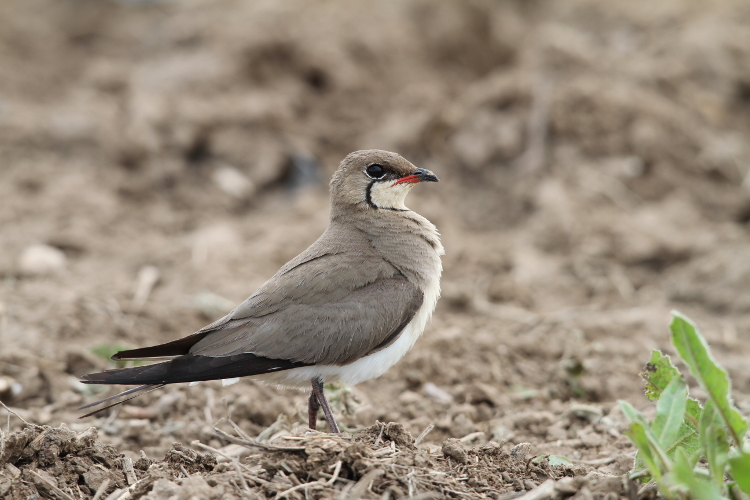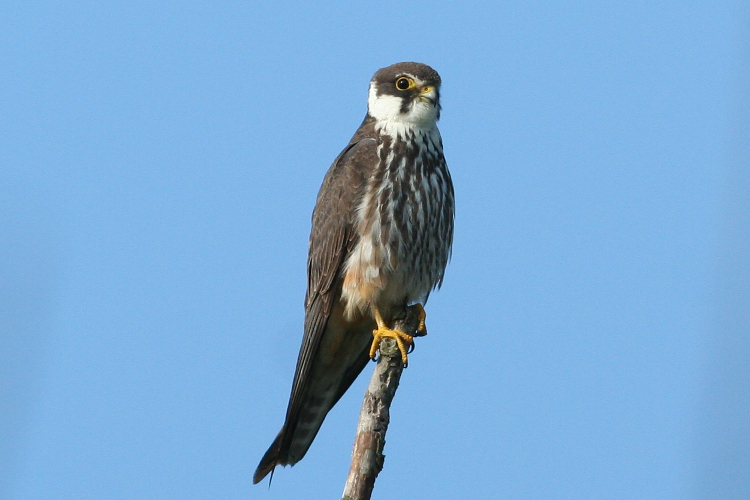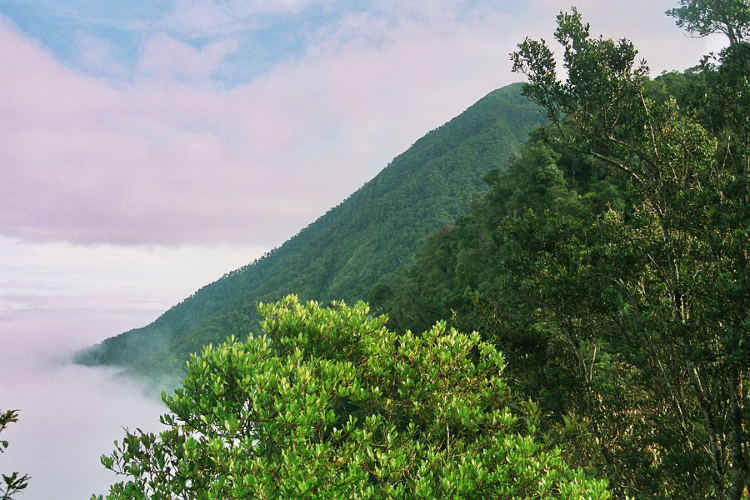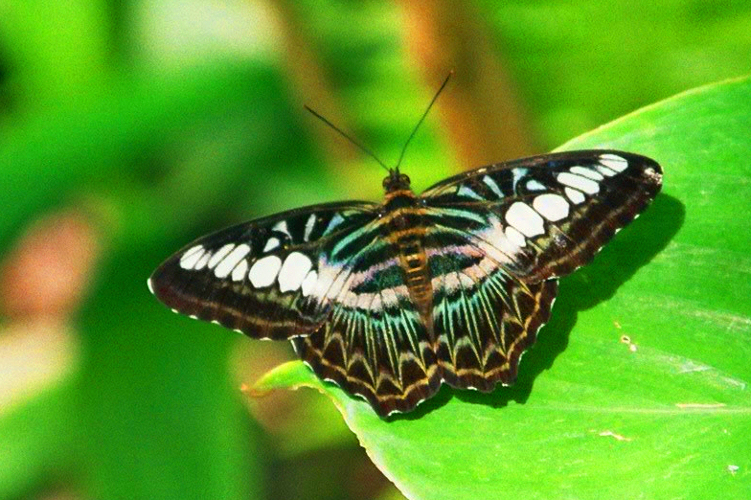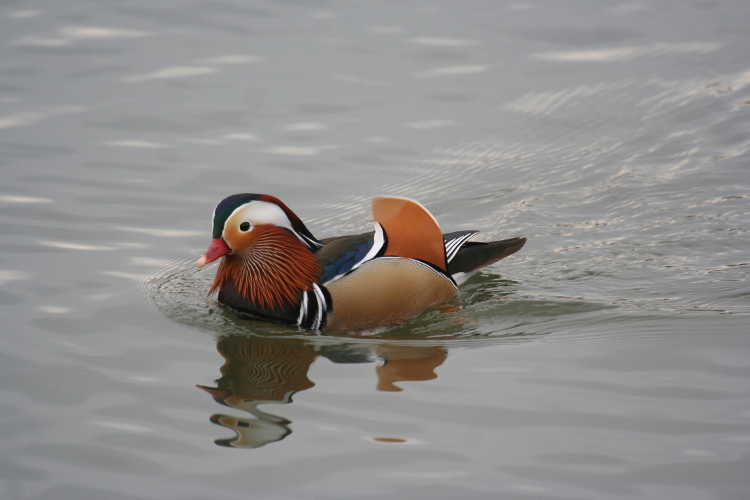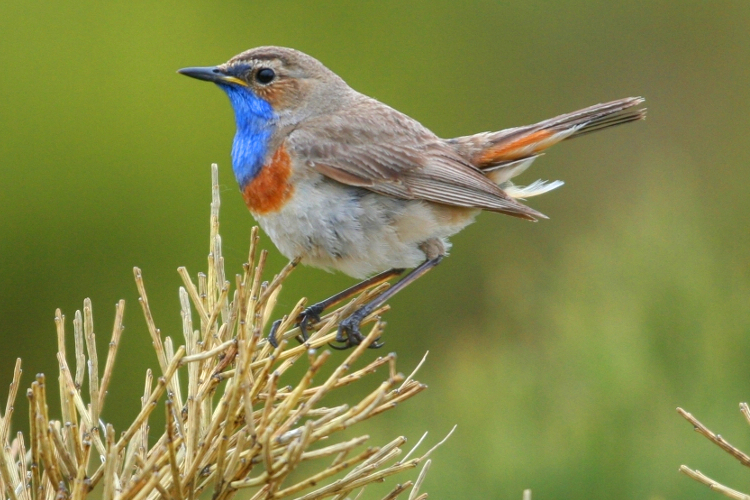LINKS



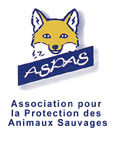

orientalbirdclub
Ayuwat Jearwattanakanok's BS
Tim Laman's WP
Festival de la photo de Montier-en-Der
National Geographic
Birds of the World
IOC World bird list
www.wikiaves.com
www.ornitho.lu
www.ornitho.ch
www.faune-grandest.org
Guislain Simard's macro-photo
jewel-beetles
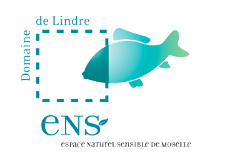




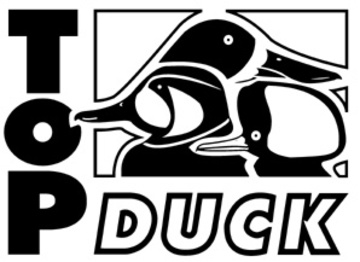
CANARY ISLANDS
The Canary Islands, well known to the numerous tourists who visit them each year, are included in an archipelago made up of seven main islands of volcanic origin and located at the latitude of southern Morocco in the Atlantic Ocean; they are the largest archipelago (and also the most populous) of Macaronesia, a group located off the coast of Africa administratively managed either by Spain or Portugal. From a historical point of view, the Canaries have been known since Antiquity and are mentioned by authors such as Pliny the Elder or Herodotus, but the knowledge that Occident had of them seemed mainly to turn around legendary tales that made this archipelago the "fortunate islands" or the "islands of the blessed"; the Canaries were nevertheless probably well known to the Phoenicians and Cartaginese. Their first real contact with the West seems to have been their discovery in 1312 by a Genoese sailor, subsequently several Portuguese or Spanish expeditions were launched to these islands and eventually Spaniards took definitively possession of this archipelago. It must be said that these islands were originally inhabited by a people of Berber origin, the Guanches, who are no more than a souvenir of history. Their disappearance, by dint of massacres and enslavement thus inaugurated the long series of genocides that the Spaniards were going to perpetrate in South America and the Pacific during the 16th century... Nowadays, Canary islands are now entirely administered by Spain as an autonomous region. From a geographical point of view, this archipelago presents a rather heterogeneous whole, the islands located in the east like Lanzarote and Fuerteventura have a rather dry and arid climate while the islands of the west (La Gomera, El Hiero and La Palma) are mostly covered with tropical rainforest. Tenerife and Gran Canaria are the two islands offering the greatest diversity of landscapes and micro-climates.
Tenerife
This island stretches for a hundred kilometers from the desert and arid southwest to the mountains covered with humid forests on the Anagua massif in the northeast, making it the largest in area of the archipelago, but it is also (with Grand Canaria) the area offering the greatest number of landscapes and micro-climates. Note also that Tenerife and Grand Canaria offer the most choice of urban entertainment, notably with their annual carnivals and nightlife. Besides, the tourist pressure is not less enormous which is not without creating some problems for the conservation of nature. Eventually, it should be noted that Tenerife also offers appreciable places of architecture, notably the city center of La Orotava, well preserved in a baroque style with the added bonus of a pretty little church.
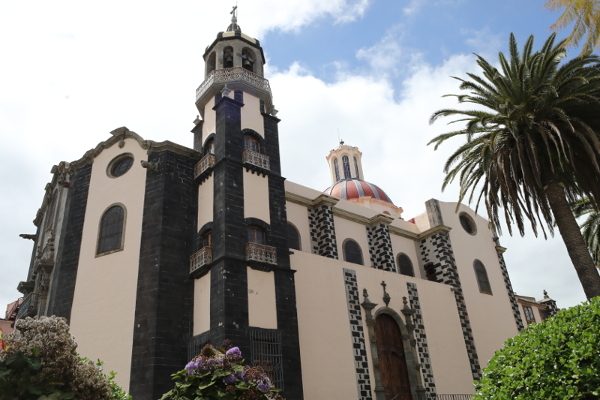
From a flora and fauna point of view, we must not forget that the Canary Islands archipelago being located at the latitude of southern Morocco, we must expect the presence of an almost tropical climate (I should rather say: several micro-climates) and as often in the tropics, island regions are home to great biological diversity and especially a high rate of endemisms. Concerning Tenerife, this is especially verified for vegetation with 140 species of specific plants (out of a total of 200 for the whole archipelago); Concerning fauna, it is the birds which prevail in number of species (56 in total), followed by mammals (13) reptiles (5) and amphiblians (2).
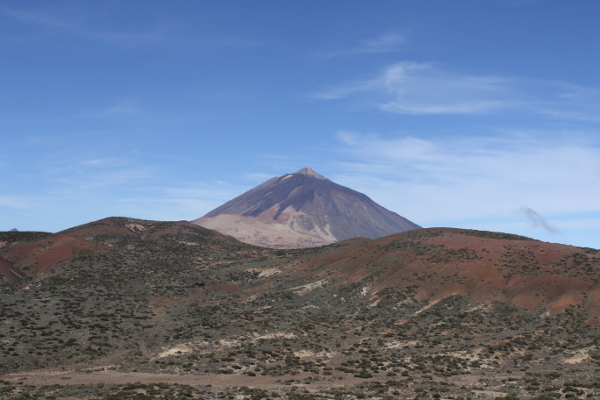
El Teide
Teide, with its 3715 m altitude, is the highest peak in Spain and the highest volcano of Europe. It is surrounded by a natural park registered with the world heritage of the U.N.E.S.C.O; the whole park offers a characteristic barren volcanic landscape but the base of the volcano is strangely populated with many plants including the famous vépérine echium wildpretii endemic to Tenerife, at flowering this plant is covered with small flowers which give it the appearance of a big candle. Few animals inhabit this area, the Teide park is territory to the Berthelot's pipit, an endemic specie to the Canaries.
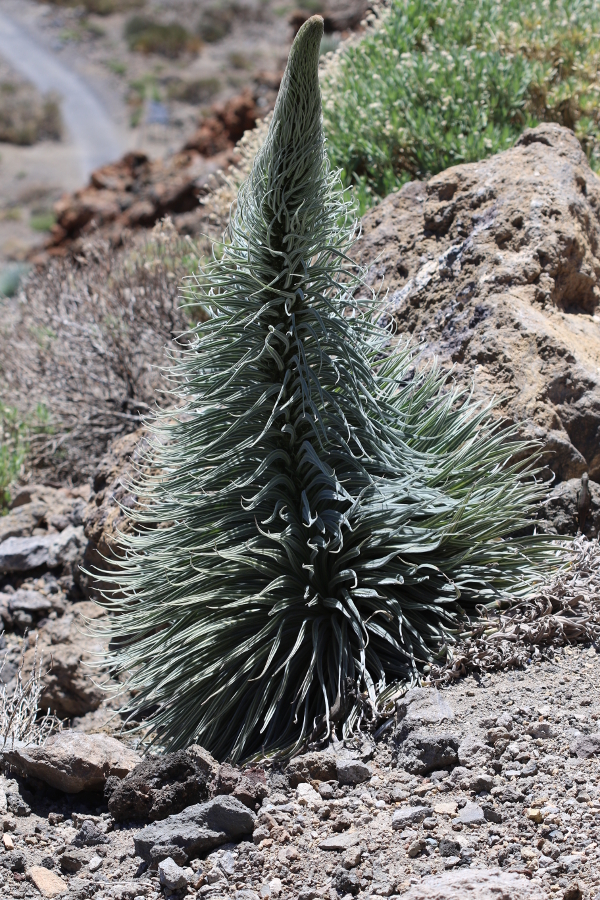
It is also necessary to note the presence of the lizard of the Canaries galliota galloti, quite numerous around the park; the genus galliota constitutes a set of lizards endemic to the Canary Islands; the other species specific to Tenerife is the spotted lizard galliota intermedia, very rare (considered critically endangered) and found only in a few isolated massifs in the west of the island.
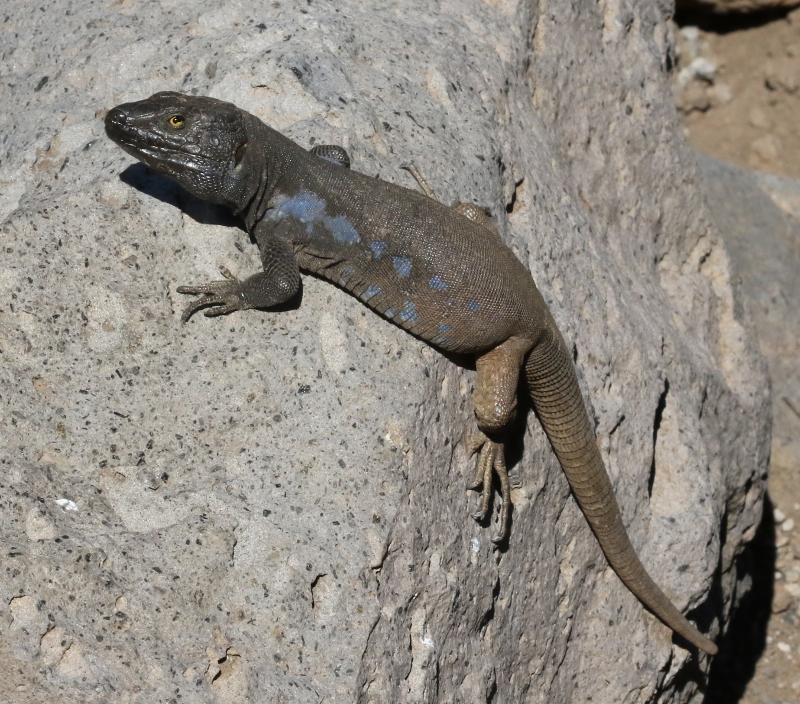
If we push a little further away from the volcano, we find ourselves in a semi-desert region containing a very dense vegetation which constitutes the domain of the barbary partridge and the gray shrike; the Canary islands chiffchaff is also present there.
Corona National forest
This forest is mainly populated by Canarian pines and adjoins the Teide park and its surroundings, to the south and to the east. It is the privileged domain of the blue chaffinch, the only endemic bird species of Tenerife, often observed on resting places; it is an inconspicious bird but quite tame (except when it sings), because of its very limited distribution, it is considered as "almost threatened". The other species present in this forest are the island canary, the Canary island chiffchaff, the great-spotted woodpecker and other passerines.
Maciza de Anagua
This rugged mountainous region is in the north-east of Tenerife and is largely covered by lush forest (laurel forest) and offers a wide variety of plant species, from laurels and ferns through the canarian dragon tree to the multitude of succulents and cacti which are represented there.
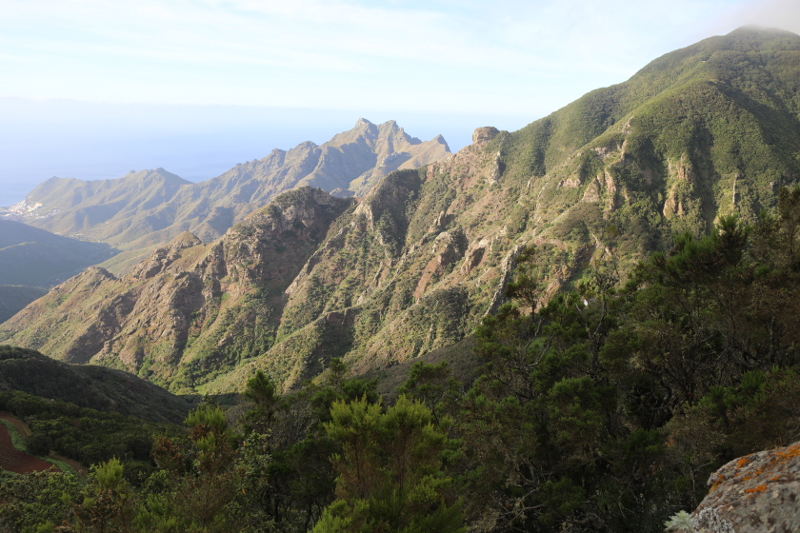
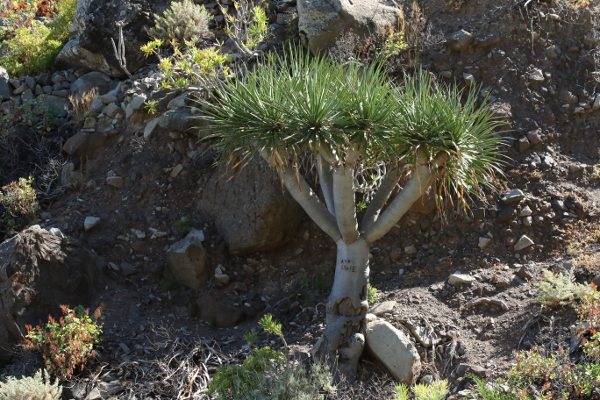
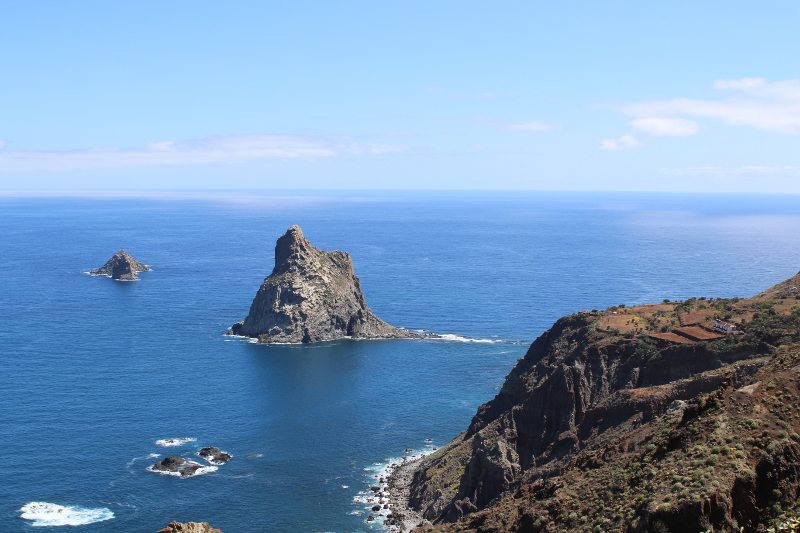
Las Roques de Anagua
In fact, this massif is considered to harbor the greatest number of endemisms in Europe. This region is fairly well developed and many trails allow hikers to discover the natural beauties that are visible there but due to growing tourist pressure, some accesses have been closed. Anagua benefits from several micro-climates with notably a constant drizzle phenomenon in the heights which maintains a high humidity rate in the laurel forest. This forest is home to the laurel pigeon and the Bolle pigeon, two species found exclusively in the humid forest areas of the western Canaries; the Bolle pigeon is quite similar to the trocaz pigeon (an endemic species from Madeira), the laurel pigeon is classified as "almost threatened" because of the fairly small numbers (less than 10,000 breeding pairs) of this bird.
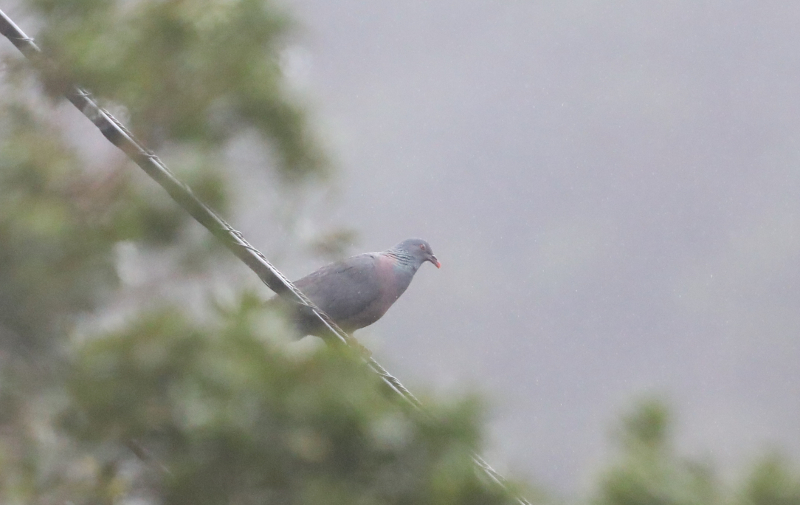
Bolle’s pigeon
Many passerines are also present in these forests (such as the island canary and the Canary island chiffchaff) as well as the plain swift. Near the coasts, on the rocks emerging, there are colonies of yellow-legged gulls, more rarely the Cory's shearwater (visible mainly around the Roque Bermejo).
Fuerteventura
Compared to its bigger sister, Fuerteventura offers much less contrast, the landscapes remains a preview of what can be found in North Africa: dunes and mountains of medium altitude as far as the eye can see with at best a vegetation stunted consisting mostly of dry bushes and succulents.
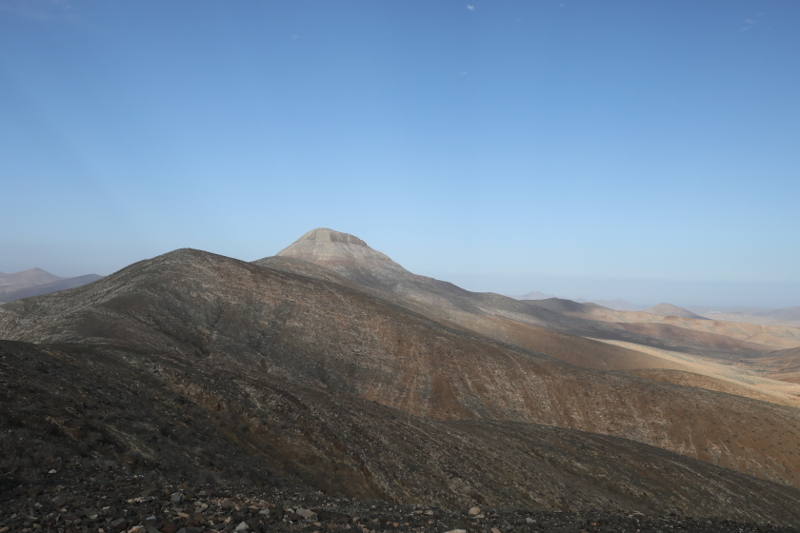
The volcanic activity of the island having ceased 4000 years ago and the erosion due to the chergui (which blows permanently), Fuerteventura offers a fairly uniform and monotonous landscape, very different with the diversity of Tenerife or Gran Canaria . The beauty of Fuerteventura lies above all in its few oases, its endemic succulent plants (such as the Jandia cardoon euphorbia handiensis) and its superb beaches located at all points of the island. Like the other Canary Islands, Fuerteventura has a fairly rich historical past, the Guanches are probably the first men who colonized this island around the 1st millennium BC; subsequently, Fuerteventura was visited or described by many other travellers, Carthaginians, Numidians, Greeks, Romans and Arabs; the Europeans, Genoese, Spanish and Portuguese arrive in turn on the island in the 14th century but initially without establishing colonization; it is only in 1424 that the island becomes (and this, definitively) part of Spain; the natives are reduced to slavery and then massacred by the new masters. This sometimes dramatic past nevertheless offers the current visitor the opportunity to visit some pieces of architecture, scattered around the island, such as several small churches, the most important being located in Bétancuria, place of the bishopric of Fuerteventura.
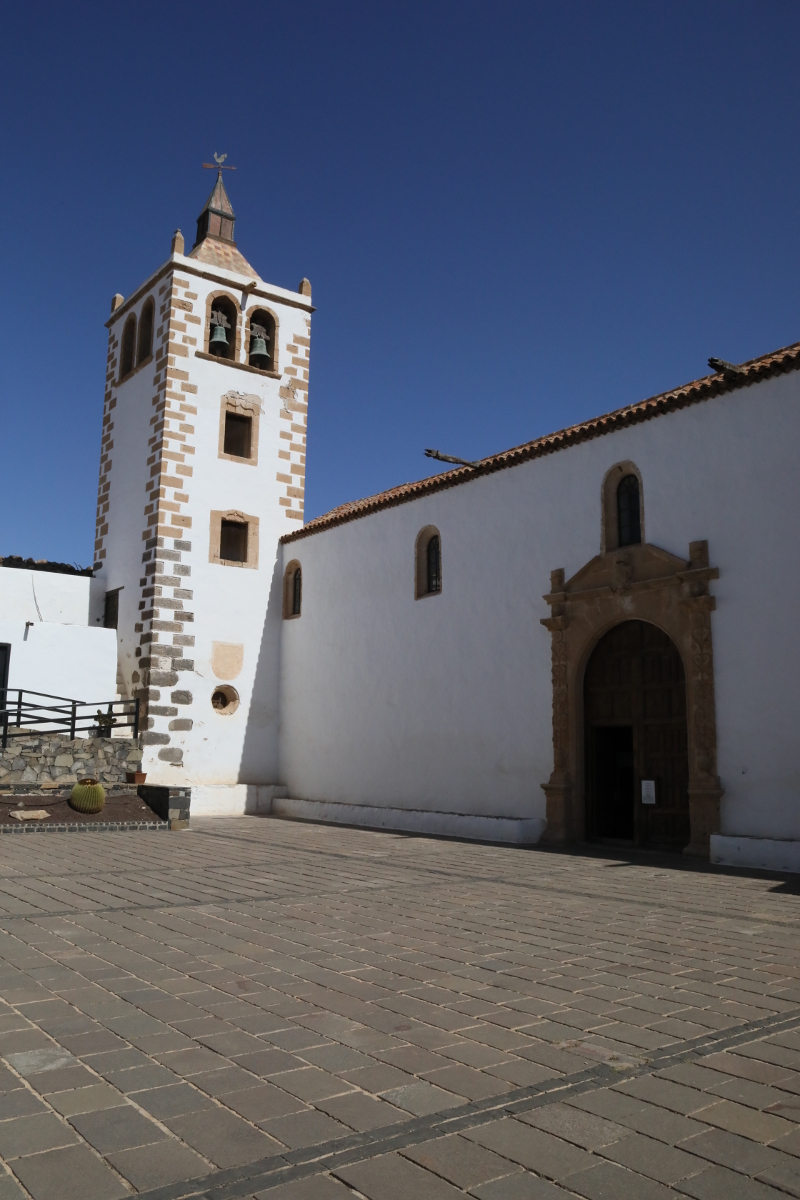
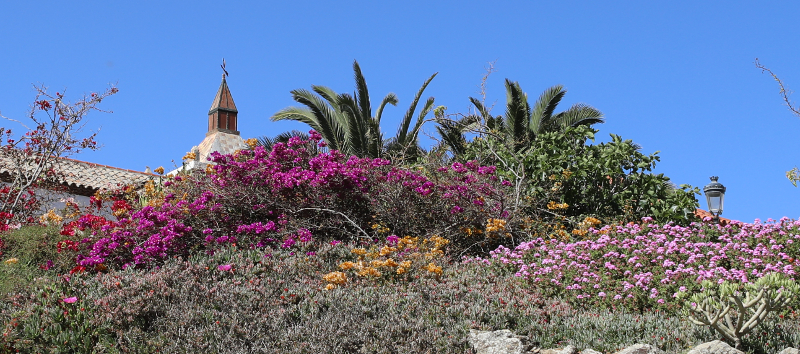
When I visited this charming little town, in addition to the architectural beauties, I noticed that some birds were present there, the Island canary is heard constantly, the european collared-dove and the spanish sparrow are present everywhere.
The common raven is also easily observed there, as everywhere else on the island; the African blue-tit and the sardinian warbler can also be observed in the parks and gardens located around the church. Fuerteventura offers many localities of great interest for hiking, nature observing and bird-watching; few other animals are encountered in these semi-desert regions with the exception of the squirrel Atlantoxerus getulus, often considered an unwanted invader by the islanders. Two species of lizards belonging to the galliotia genus are present on the island but they seem fairly localized on altitude. I also could visit two major spots, on the one hand the peninsula of Jandia, especially famous for its vast sandy beaches (like Cofete) and its natural park, known to shelter specimens of the cardoon of jandia (euphorbia handiensis), an endemic succulent plant. It is also the domain of a few birds such as the trumpeter finch, the great gray shrike (common throughout the island), Berthelot's pipit and the Fuerteventua stonechat (the only endemic bird on the island) that I was able to observe at the end of the day; in principle, the reserve is also home to the cream-colored cursor, the houbara bustard and other species that I have not been able to observe. Several African or North African species are found on Fuerteventura, I was surprised to see hagedash ibises present on the lawns of the town of Morro-Jable (the main seaside resort of the peninsula). The other main spot in Fuerteventura is around the village of Tindaya, located about twenty kilometers from Puerto del Rosario; the semi-desert steppes around the village are the domain of the uniband sandgrouse, the cream-colored cursor, the eurasian thick-knee and the houbara bustard; this later is quite widespread in North Africa and was once present in a large part of the Arabian Peninsula; but this bird has been so hunted and persecuted by falconers so much that it has almost disappeared from its original regions (it is reported that Qatari emirs still travel to Tunisia with main interest of hunting this bustard); in fact, Fuerteventura and Lanzarote are the only two havens of peace where the houbara bustard is fully protected.
The other birds present are the great gray-shrike, the Berthelot's pipit, the laughing dove, the trumpeter finch and the inevitable Eurasian collared-dove, Spanish sparrow and the eurasian turtle dove.
Finally, don't miss the seaside town of Corralejo with its superb beaches and its natural park of sand dunes, a possible habitat for birds such as the cream-colored cursor. The island of Lobos, located in front of Corralejo is easily visited and also has many attractions with its turquoise sea waters, its hiking trails and the many birds that are present there.
